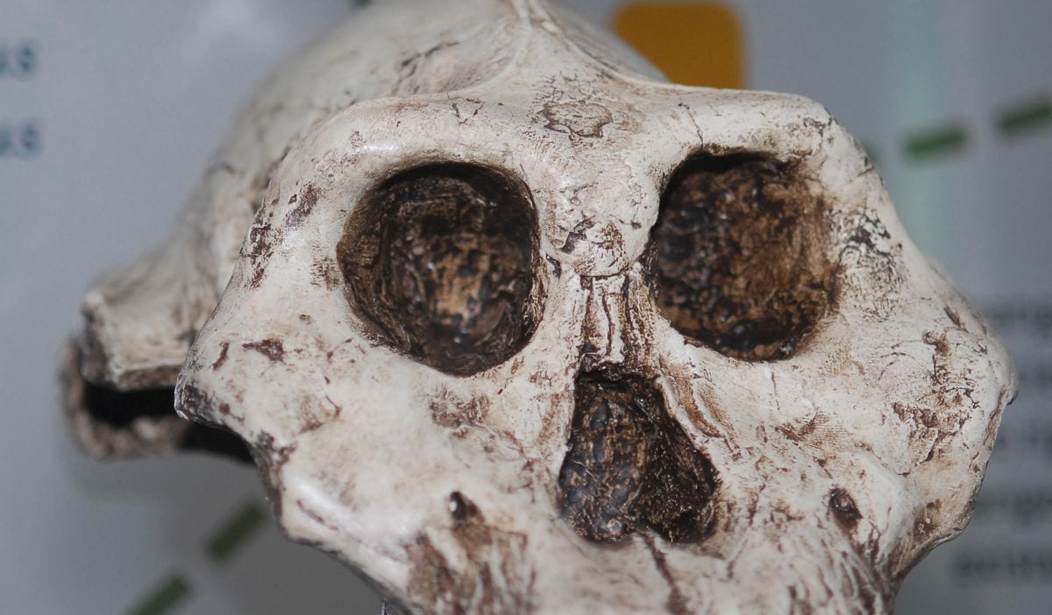Reporting in the science journal Nature, a group of scientists made an announcement that has turned human origins theory on its head. Found amid animal bones and the ashes of a campfire were the bones of several homo sapiens.
When scientists set about the difficult task of dating the bones, they were flabbergasted to discover they were about 300,000 years old – fully 100,000 years older than any previous homo sapiens remains found anywhere.
Also, the bones were found in North Africa, suggesting that modern man had already migrated from our southern African origins, raising the possibility that our species is even older than 300,000 years.
“These dates were a big wow,” said anthropologist Jean-Jacques Hublin at the Max Planck Institute for Evolutionary Biology in Leipzig, Germany. He led an international team of scientists who reported the discovery Wednesday in Nature. “This material represents the very roots of our species—the very oldest Homo sapiens found in Africa or anywhere.”
Until now, most researchers believed that modern humankind emerged gradually from a population centered in East Africa around 200,000 years ago. Previous discoveries of early Homo sapiens fossils have been concentrated at sites in Ethiopia.
The fossil discovery at Jebel Irhoud near Marrakesh in North Africa, however, suggests that early humans had already spread across most of Africa by then.
“What’s really neat about this discovery is that you now have evidence of modern Homo sapiens across Africa, about as far from sites in East Africa as you can get,” said anthropologist Bernard Wood at George Washington University’s Center for the Advanced Study of Human Paleobiology, who wasn’t involved in the find.
As early experiments in the human form, these ancestors had quite modern-looking facial features, but relatively primitive skulls, suggesting that the cognitive capacities of modern brains had yet to take shape, the scientists said.
Their faces were likely so contemporary in appearance that they might pass unnoticed on a crowded city sidewalk, although they might need to wear a hat to disguise their skull’s elongated shape, Dr. Hublin said.
Such combinations of traits, though, blur the differences that distinguish one human ancestor and another, making it hard for scholars to classify species accurately. In fact, several early human species, such as Neanderthals, were so closely related to Homo sapiens that they could all interbreed, modern genetic evidence shows.
But several independent experts said they agreed that the fossils most likely belonged to Homo sapiens.
“It has a modern face and a primitive brain case,” said John Fleagle, an expert on primate evolution at Stony Brook School of Medicine, who wasn’t part of the research group. “You would expect it to have a few primitive characteristics even if it is on the main line of our lineage. It shows what is probably an earlier stage of our species.”
No one knows when homo sapiens made the great leap forward in cognitive skills that allowed complex speech, as well as art and culture to flourish. The North African humans probably did not possess those abilities and apparently did not have a tool box much different than Neanderthals.
But searching for other examples of early homo sapiens will no doubt fill in some blanks in our knowledge that eludes us today. Paleontology is not climate science. Nothing is ever settled and keeping an open mind about our origins is the best way to advance our knowledge. About the only thing we can be sure of is that what we know today about human origins is likely to be out of date in the near future.










Join the conversation as a VIP Member